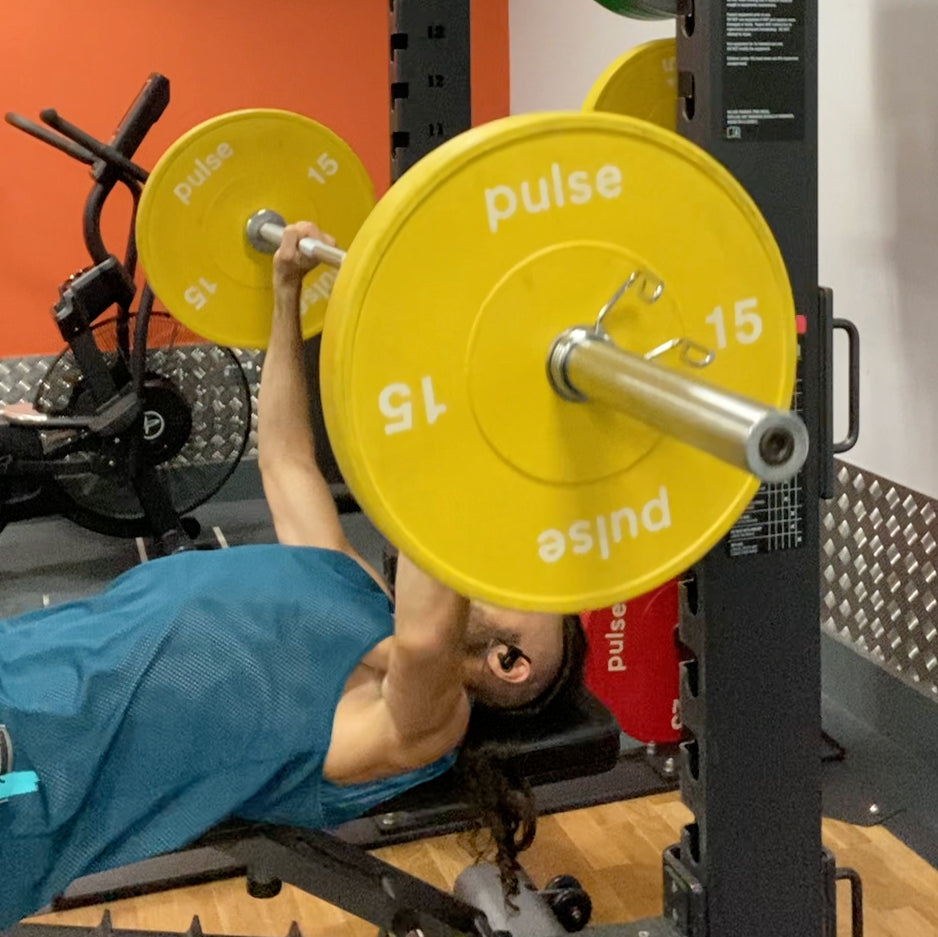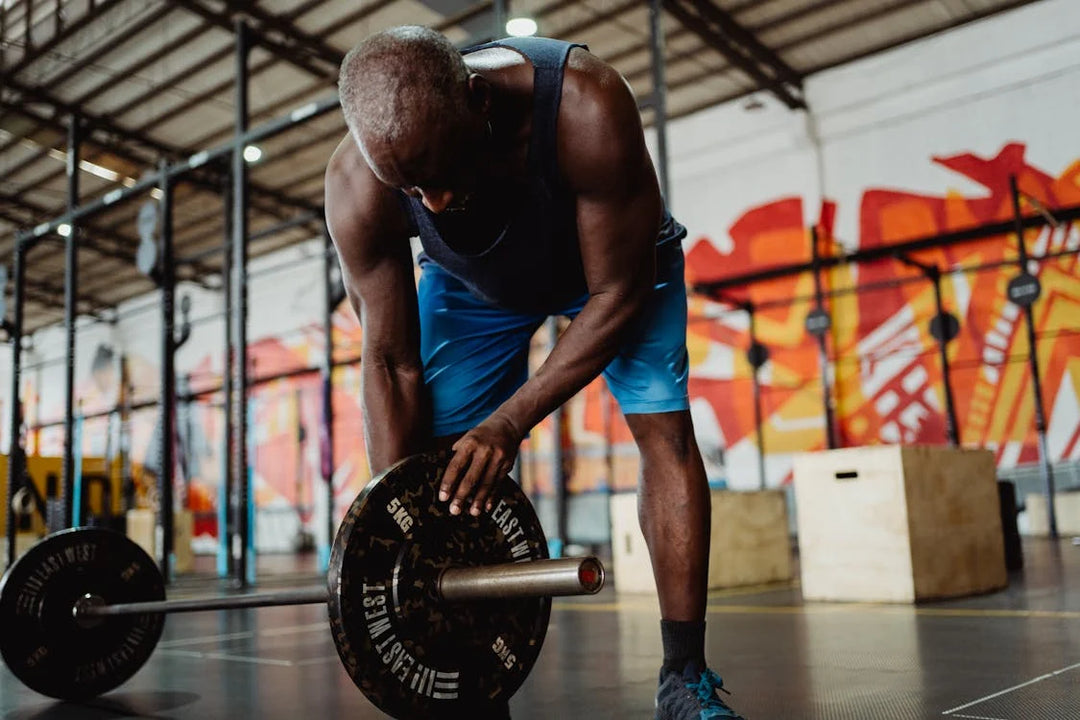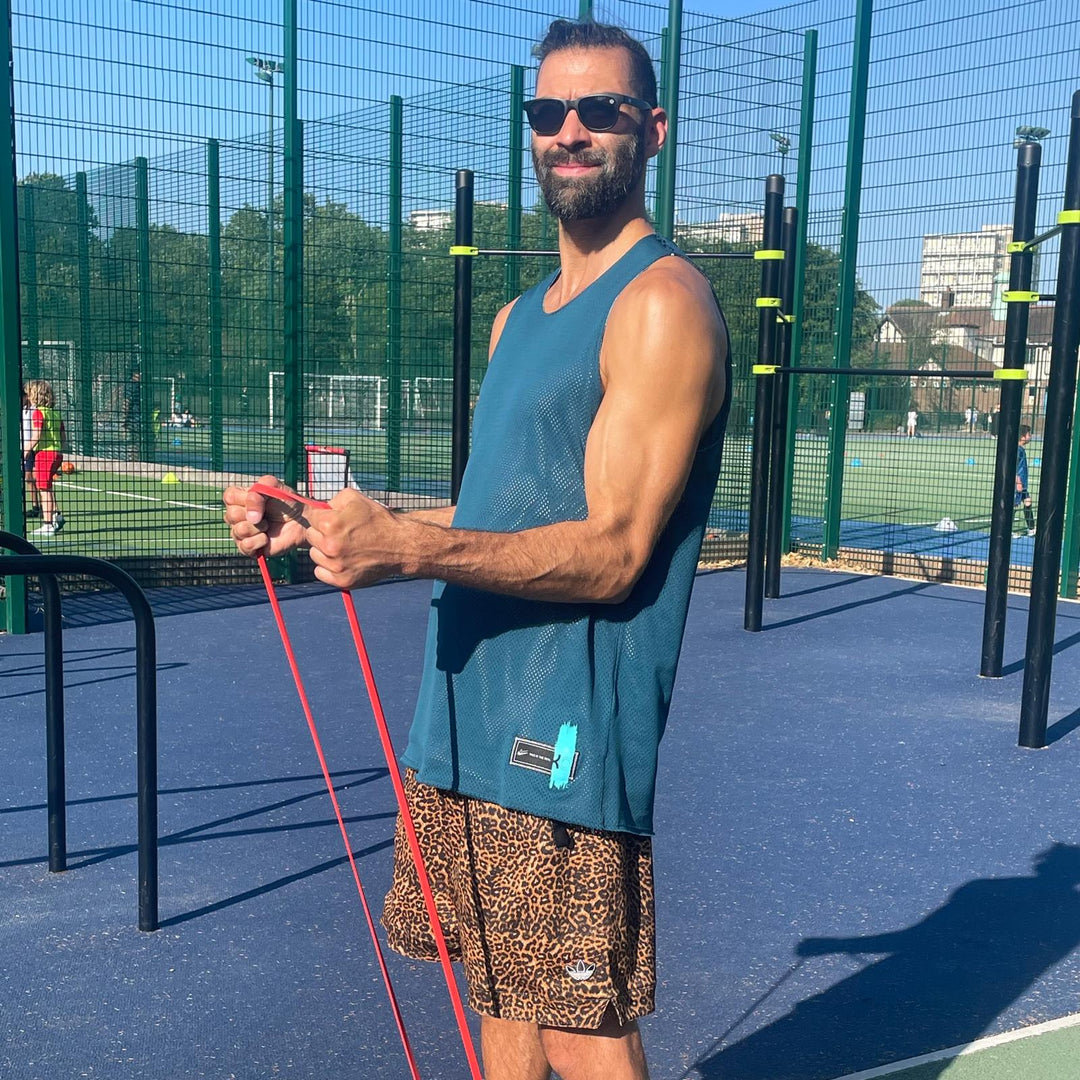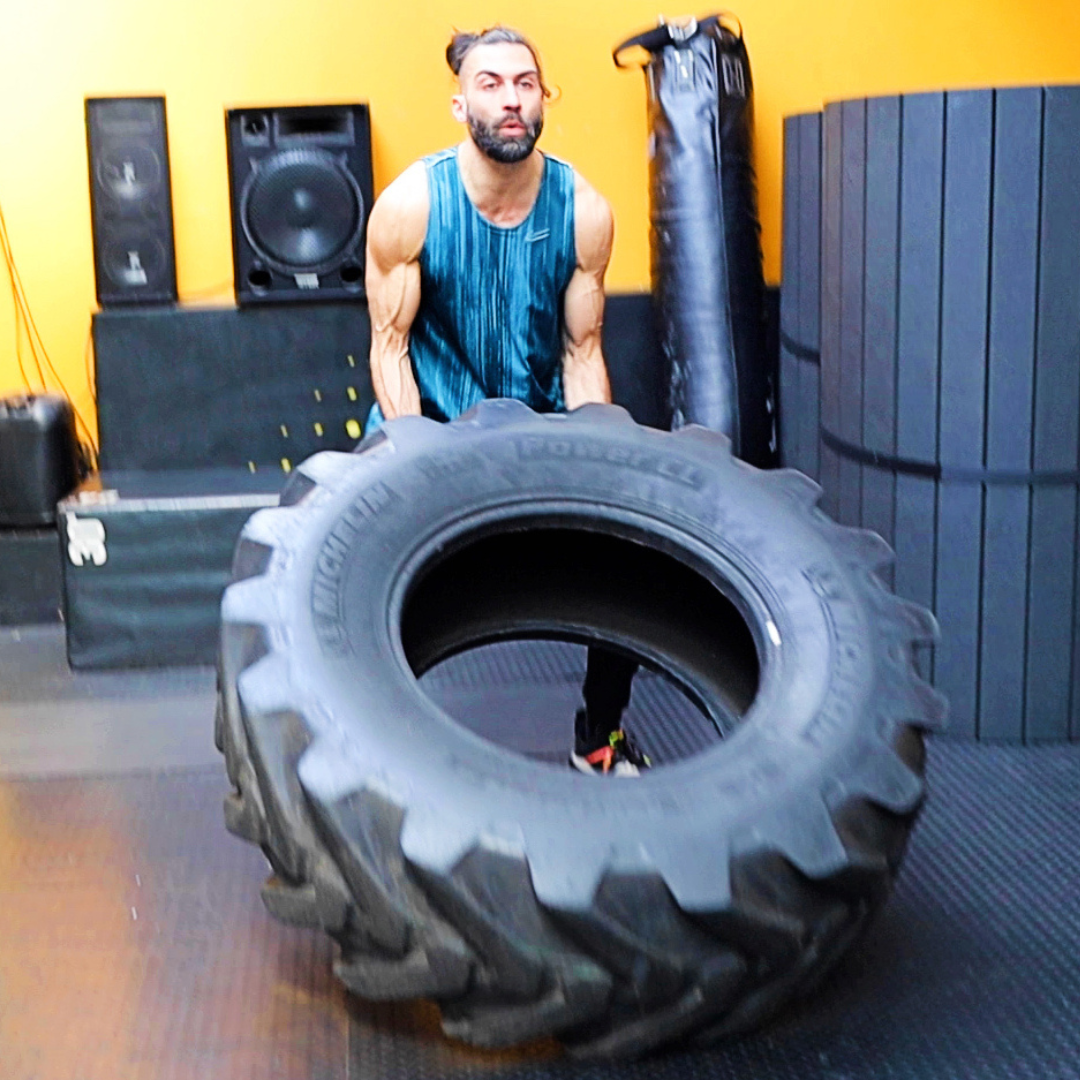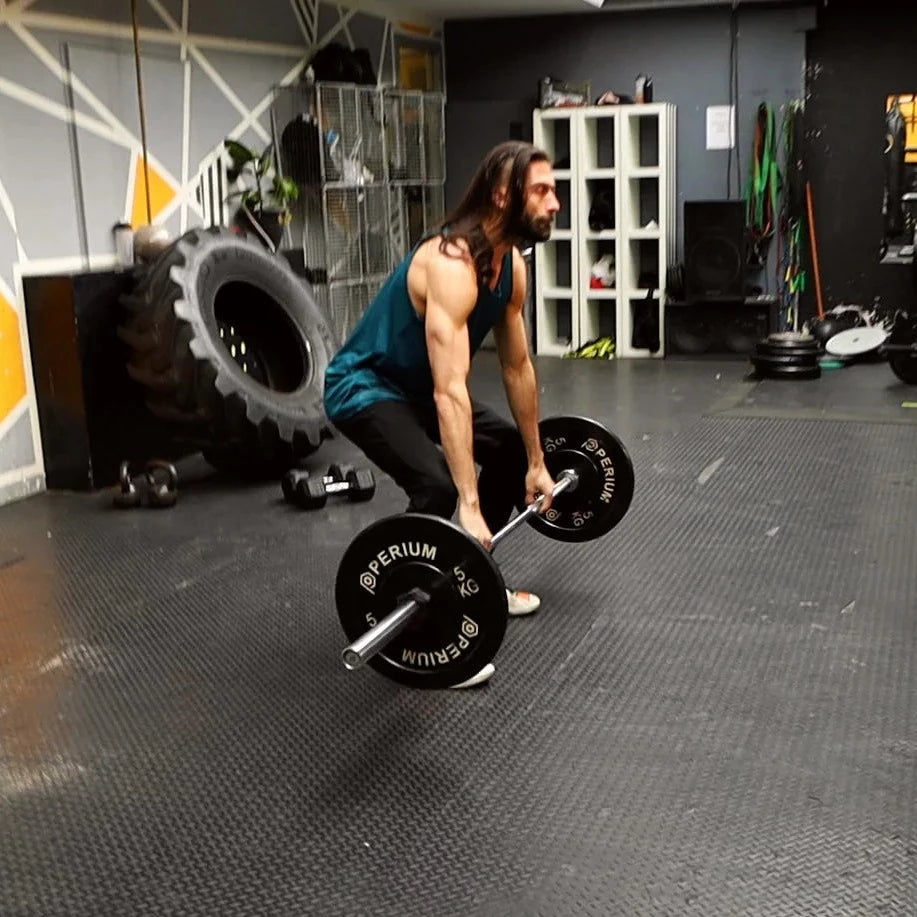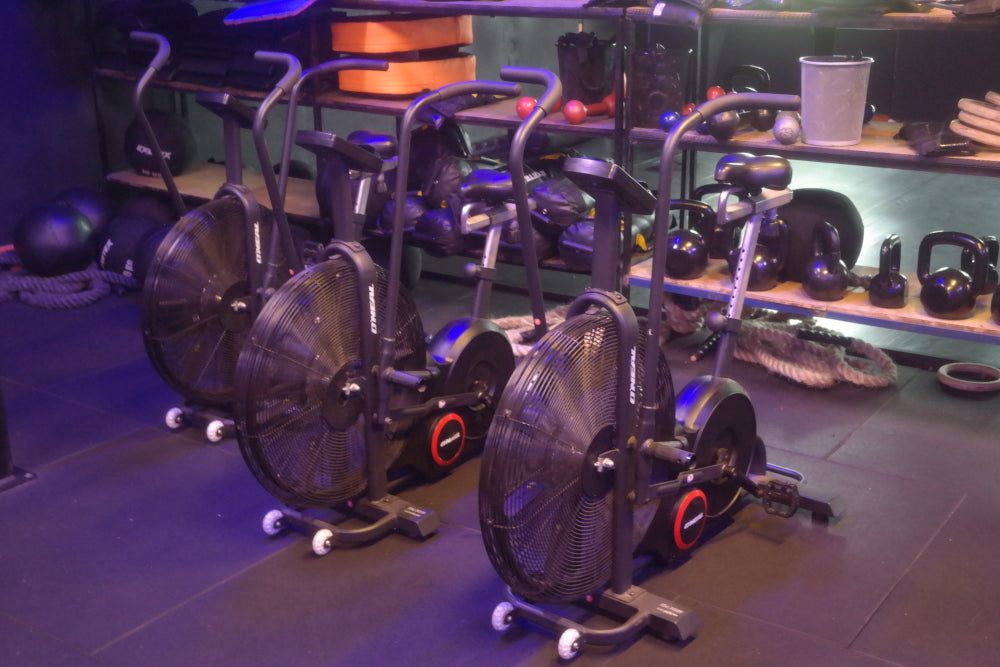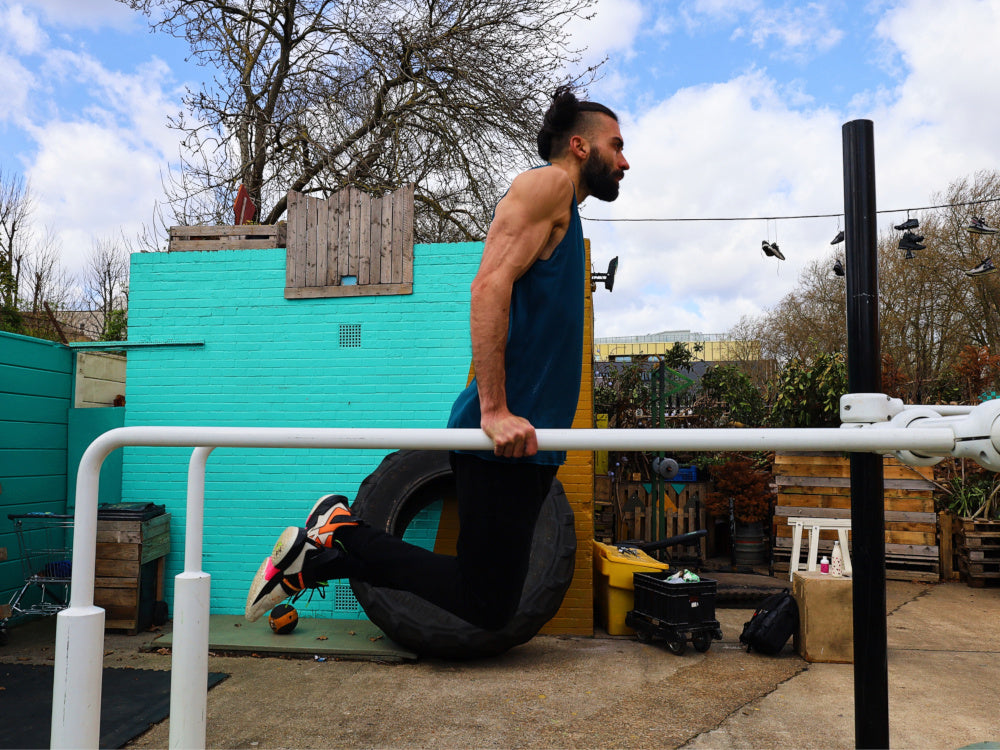Introducing the Skill of Balance: Unlocking Your Movement Potential
Introducing the Skill of Balance: Unlocking Your Movement Potential
Today, I am thrilled to introduce you to the essential skill of balance. Balance serves as the foundation for all movements, acting as the bridge connecting other crucial skills such as endurance, strength, explosiveness, power, agility, equilibrium, speed, flexibility, and coordination.
Imagine yourself running, each step propelling you forward, continuously landing on one leg while quickly readjusting your balance. This constant interplay of losing and regaining balance in rapid succession highlights the fundamental role that balance plays in our body's functionality. Notably, balance is also a key skill in adaptive sports.
Balance is a complex concept involving mechanoreceptors, neurological pathways, sensory systems, and continuous communication between the brain and sensors throughout the body. It's important to note that balance and equilibrium, although related, are distinct concepts.
Balance refers to an individual's ability to maintain their line of gravity within their base of support. It can be described as the capacity to maintain equilibrium, which refers to any condition in which all acting forces counterbalance each other, resulting in a stable and balanced system. On the other hand, equilibrium is a state of zero acceleration, where the body remains static without any change in speed or direction.
While equilibrium relies on the inner ear, balance is primarily driven by neuromuscular efficiency. The neuromuscular system plays a crucial role in producing force, reducing force, and dynamically stabilizing the entire kinetic chain encompassing the muscular, articular, and neural systems in all three planes of motion: sagittal, frontal, and transverse.
Through enhancing neuromuscular efficiency, a person can maintain balance during functional movement patterns, whether it's in everyday life or within the competitive arena of sports. Integrated balance training refers to workouts that incorporate specific exercises and drills aimed at improving balance over time and repetitions. These exercises focus on neuromuscular stabilization, with the brain and muscles working in synergy to maintain body balance.
Even an ordinary activity like running represents a complex movement pattern for the body to sustain balance. Maintaining a controlled posture involves sensory detection of motion, sensorimotor integration, and musculoskeletal responses. The body relies on visual, vestibular, and proprioceptive inputs to sense and evaluate its position relative to gravity and the surrounding environment.
The postural-control system employs intricate processes that require visual, vestibular, and proprioceptive inputs from the kinetic chain. To maintain postural equilibrium, the body must sense motion, integrate sensory information, and execute the appropriate musculoskeletal responses.
In conclusion, balance is a skill that encompasses both static and dynamic elements, relying on the efficiency of the kinetic chain and the influence of the environment. The central nervous system plays a vital role in selecting optimal movement strategies to maintain adequate force production.
To begin improving your balance skills, here are a few exercises you can incorporate into your routine:
- Single leg stands: Lift one knee and aim to balance on one foot for 30 seconds or 1 minute. Repeat five times for each leg.
- Single leg squats: Maintain a neutral back posture while performing the exercise and complete three sets of 10 repetitions for each leg.
- Dynamic lunges: Perform lunges and return to the standing starting position on one leg for each repetition.
Try incorporating these exercises into your routine and provide feedback after four weeks. Stay tuned as I delve further into related topics in future articles, such as proprioception, kinaesthesia, postural control systems, and integrated balance training exercises.
References:
- Guskiewicz KM, Perrin DM: Research and Clinical Applications of Assessing Balance. J. Sport Rehab. 5:45–63. 1996.
- Glencross D, Thornton E: Position Sense Following Joint Injury.


